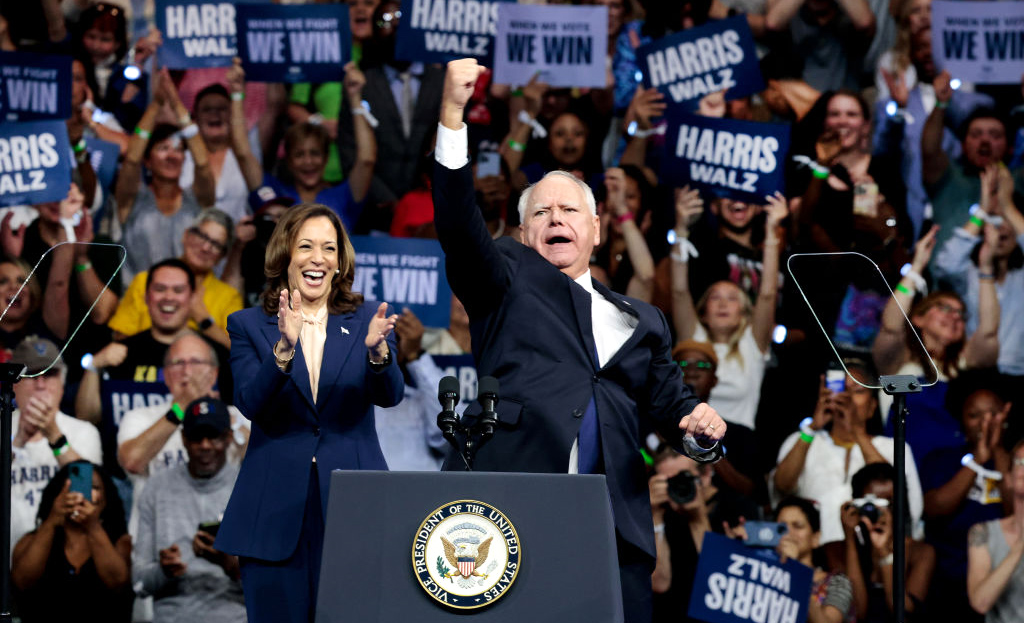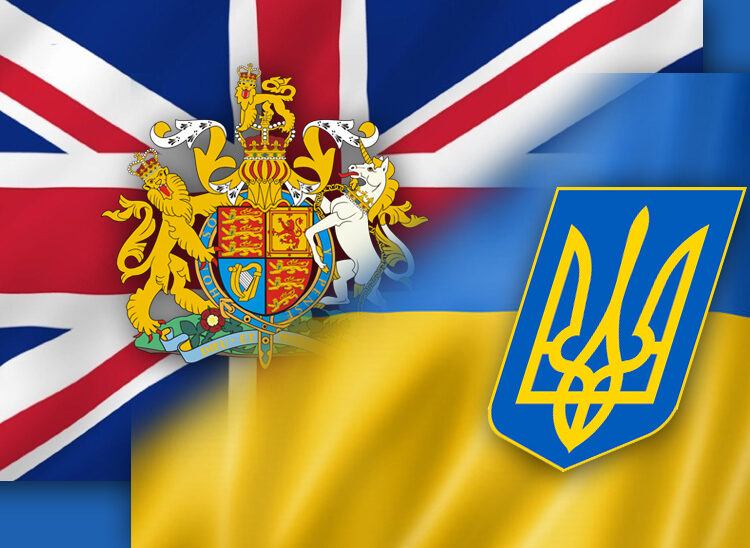The main task for Kamala Harris now appears to be to maximise the momentum provided by Joe Biden’s unexpected decision. She has achieved the crucial first step – the Democratic National Committee unequivocally announced her as the Democratic Party candidate on Monday, 5 August. There was really no need to convene the Democratic convention in the second half of August, as Harris had robust support from party members and activists. She has now announced her running mate – the Vice Presidential candidate. The name revealed is Minnesota Governor Tim Walz. What will this distinguished figure add to Harris’s campaign?
Harris’s campaign has had a spectacular start, although Donald Trump’s strong support from Republicans shouldn’t be underestimated. A fierce battle is expected between them in September and October. But for now, the focus is firmly on Harris, not just from Americans but globally.
Nine days after President Joe Biden announced his withdrawal from the race, it became clear that Vice President Kamala Harris would be the sole contender for the Democratic Party. The Democratic National Committee confirmed this on 30 July. An online vote by the party’s national convention delegates was set to officially confirm the candidate from 1 to 5 August.
This occurred amidst the backdrop of no other potential Democratic candidate stepping forward to challenge Harris. Understandably so, as polls of the future Democratic convention delegates in the first week after Biden’s announcement showed Harris had more than sufficient support. According to an AP poll, Harris had the backing of about one and a half times the minimum number of delegates needed for her approval.
Thus, votes from those who did not wish to support Harris in the online voting procedure were simply counted as present in the vote, rather than for any alternative candidates.
On the evening of 5 August, the Democratic National Committee announced that 59-year-old Kamala Harris had the support of 99% of the 4567 delegates who voted. This was stated in a joint declaration by National Committee Chair Jaime Harrison and Convention Chair Minyon Moore: “…we are beginning the final steps of officially certifying her as our party’s candidate.” Following the announcement of the official results, convention secretary Jason Rae was to certify the roll-call vote, after which Harris and her running mate would accept the nomination, to be confirmed by Minyon Moore.
Effectively, everything has already happened. The next phase of the campaign will depend on what added value Harris’s running mate brings to the campaign. The bar is set quite high. For instance, during the fundraising stage, Harris outpaced Trump by $38.7 million by the end of the voting period, whereas as of 1 August, the Republican candidate was ahead. Of course, money is crucial for the campaign’s success. But equally important is voter support, which is somewhat reflected in the funds raised and will be reflected in the voting results in November.
On the evening of 6 August, Kamala Harris named Minnesota Governor Tim Walz as her running mate for Vice President. They made a joint appearance at a rally in Philadelphia, Pennsylvania, marking the official start of the Harris-Walz campaign. The choice of location was strategic: Pennsylvania is one of the seven key swing states, alongside Arizona, Georgia, Michigan, Nevada, North Carolina, and Wisconsin. The battle for these states could be crucial in gaining an edge over their opponent. Philadelphia is the largest city in the state and the sixth largest in the US by population.
Tim Walz, 60, comes from a modest Lutheran family in Nebraska. Like his father, he served in the US National Guard. His service was for 24 years, beginning in 1981. His early life mirrored his father’s, dedicating many years to teaching and serving in the National Guard. In 1996, he moved to Minnesota, his wife’s home state, who was also a teacher.
Nothing in his early life hinted at a future in politics, but in 2004, Walz volunteered in John Kerry’s presidential campaign. According to public records, this followed an incident at a rally for George W. Bush, where security treated one of Walz’s students harshly after noticing a Kerry sticker on his wallet.
Tim Walz’s biography and actions portray him as a man of conviction and values without trying to appear sanctimonious.
An interesting personal episode: in 1995, long before his political career began, he was arrested for drink-driving. He pleaded guilty to a lesser charge of reckless driving, served his sentence, and has abstained from alcohol ever since.
In 2007, he was elected to the US House of Representatives from Minnesota’s 1st district, serving until 2019 when he was elected Governor. Notably, Walz was elected to Congress in a district that typically voted Republican. Although this was 17 years ago, the fact remains that Democrat Walz won in a previously Republican-leaning district. Walz hails from Nebraska, a predominantly Republican state, making him a potential bridge to conservative voters who might find Donald Trump’s controversial past and his risky business ventures unappealing.
Despite his conservative background, Walz is considered a liberal. He supports a significant role for trade unions, defends abortion rights, and advocates for robust social programmes to assist families with children. Thus, he both strengthens and complements Kamala Harris. Although the Harris-Walz duo appears solid, the team of Donald Trump and JD Vance will undoubtedly present a formidable challenge.
Everyone understands that tough times lie ahead, with fierce debates not only on domestic issues but also on international ones that have intensified over the past six months: the war in Ukraine, the conflict in the Middle East, and the tensions in the Taiwan Strait. All these matters will require clear answers to one crucial question: what exactly does each candidate plan to do about global security challenges, regarding both allies and adversaries.
Source: The Gaze







